
All categories
Featured selections
Trade Assurance
Buyer Central
Help Center
Get the app
Become a supplier

(2494 products available)











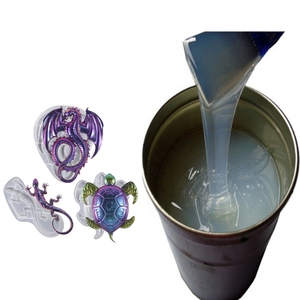

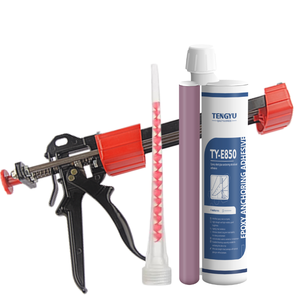

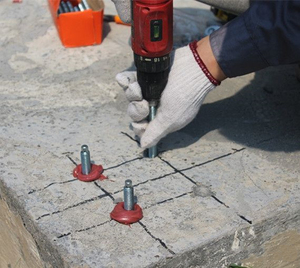
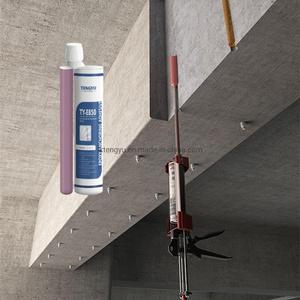




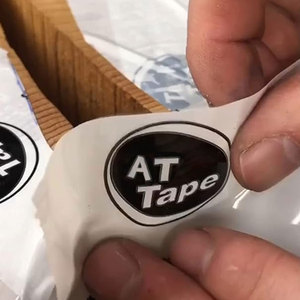

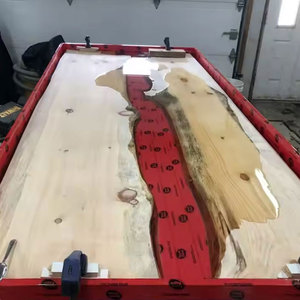











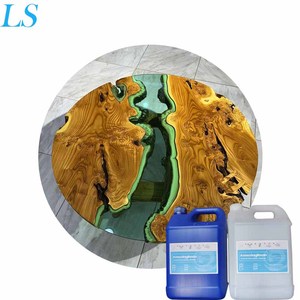



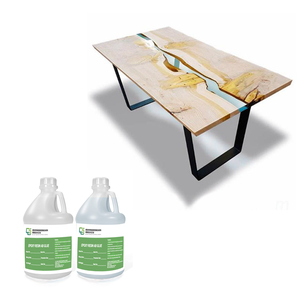





Clear Epoxy Resin
This type is lauded for its transparency, making it ideal for coatings, encapsulations, and artistic applications.
Fast-Curing Epoxy
Manufacturers constructed this epoxy to cure rapidly, making it suitable for small repairs or projects with tight deadlines.
Flexible Epoxy Resin
Buyers often consider this resin suitable for applications where some degree of flexibility is required, such as in certain electronic components.
High-Temperature Epoxy Resin
These are developed to withstand elevated temperatures. Hence, they are frequently used in aerospace and automotive industries.
Marine Epoxy Resin
Since it is formulated to resist water and harsh marine environments, 2 part marine epoxy is a popular choice for boat repairs and construction.
Filler Epoxy Resins
These resins are intended to be combined with fillers like glass fibers or aluminum powder. Users apply them in situations where added strength or material properties are advantageous.
Low-Viscosity Epoxy
This epoxy is developed to have a lower viscosity than standard epoxies. The viscous nature is useful for applications where deep penetration or low surface tension is critical.
Artistic Epoxy Resin
Buyers and artists utilize these resins in crafting jewelry, art pieces, and decorative items. They are also available in various colors and effects.
High Adhesion
2 part epoxy resin exhibits excellent adhesion to a wide range of surfaces. These include metal, wood, concrete, glass, and plastic. This makes it versatile for numerous applications.
Durability
2 part epoxy resins are known for their toughness. They also resist wear, impact, and mechanical stress. This durable characteristic makes them ideal for protective coatings and structural repairs.
Chemical Resistance
The chemical resistance can also be attributed to its structure. Typical chemicals resistant epoxy include acids, bases, solvents, and oils. This makes it fitting for industrial settings and other places where chemicals are prone to be spilled.
Waterproof
Different 2 part epoxy resins create a waterproof barrier when properly cured. This makes them fit for marine applications and outdoor use.
Heat and Temperature Resistance
Users use specific formulations of 2 part epoxy to withstand elevated temperatures. These are critical in industries such as automotive and aerospace.
Electrical Insulation
People often use epoxy resins in electronics for coating and encapsulating components. Their electrical insulating properties are helpful in these components' protection from moisture and corrosion.
Varied Curing Options
Buyers can cure epoxies through standard curing at room temperature or accelerated curing using heat. This adaptability allows for flexibility in application.
Fillable and Repairable
Many epoxies possess fillable properties, allowing them to repair damaged surfaces or fill gaps and voids. These properties can also be manipulated to mold and cast intricate designs.
Adhesives
Buyers use 2 part epoxy resin as a strong and versatile adhesive. They apply it on metals, plastics, ceramics, and wood. Its ability to bond dissimilar materials makes it ideal for repairs and constructions.
Coatings and Finishes
People often use the resin to create protective coatings with enhanced durability and chemical resistance. It is useful for waterproofing surfaces, such as wooden furniture and floors, or providing a glossy finish in artistic applications.
Encapsulation
Users frequently encapsulate electrical components and repairs with 2 part epoxies to protect them from moisture, dust, and chemicals. This practice ensures electronics' longevity and reliability in industrial and consumer applications.
Fillers and Repairs
Two-part epoxies can fill gaps, cracks, and voids in various materials. Buyers can utilize them in construction or renovation, like repairing concrete surfaces, wooden structures, or even bonding stone.
Artwork and Crafts
Recently, epoxy resin has gained popularity in crafting unique jewelry, decorative items, and artworks. Its clarity and ability to capture colors and inclusions make it a staple for artists and crafters producing glossy, sophisticated finishes.
Composite Materials
Manufacturers mix epoxy resin with fiberglass and other reinforcing materials to create lightweight yet strong composites. These are widely used in aerospace, automotive, and marine industries to construct components with high strength-to-weight ratios.
Molds and Casts
Users can pour two-part epoxy resins into molds to create durable and detailed castings. This practice is frequent in custom hardware production, art pieces, or repairs for broken items with complex geometries.
Project Requirements
Business owners have to consider the specific needs of a project when buying epoxy resin. They should check whether they need the resin for repairs, coatings, or artistic endeavors. Each application uses a different resin with unique properties.
Curing Time
Different epoxies have varied curing times. For customers who work on quick projects, there is a need for fast-curing epoxies. However, those who prefer more extended work times to allow for adjustments can opt for slower-curing epoxy.
Adhesion and Compatibility
Buyers should consider the resin's adhesion properties. They should also think about the surface they will be working on. It will ensure that the epoxy bonds effectively. Also, people need to ensure that the resin is compatible with the materials they will use, whether metal, wood, or plastic.
Durability and Flexibility
Customers should think about the required durability level. For example, coatings used in high-traffic areas may need a more robust and resistant finish. On the other hand, buyers who need a resin for applications that require some flexibility should go for 2 part flexible epoxy.
Clarity and Aesthetics
Buyers who need the resin for artistic purposes, like making epoxy river tables, should consider the resin's clarity and finish. The appearance of the final product will depend on the resin's ability to achieve a glass-like finish.
Filler and Reinforcement Options
Buyers should look for epoxies that include fillers or reinforcement materials. These are beneficial to customers who want enhanced mechanical properties. For instance, fiberglass reinforcement can offer additional strength for composite applications.
Unlike other adhesives, epoxy resin can easily form chemical bonds with metals. It also sticks well to many surfaces, including glass, concrete, wood, and metal, making it useful for diverse applications. Its unmatched durability and versatility make it a popular choice for industries ranging from construction to aerospace.
It is vital not to combine epoxy with any contaminants, such as dust, oils, or waxes. Doing so will prevent the epoxy from adhering properly to the surface and reduce its effectiveness. Additionally, avoid mixing it with non-recommended additives like certain solvents, which might degrade its chemical structure.
Adding excess hardener to epoxy can lead to a brittle mixture. This in turn reduces the resin's overall strength. A resin mix that has too much hardener will often cure too quickly, resulting in a rough or cloudy surface and potential chemical burns to people who come into contact with it.
While adding multiple coats of epoxy on a table is allowed, putting too much in a single coat is not advisable. If one coat is too thick, the epoxy might not cure properly, resulting in a cloudy or sticky finish. Additionally, excessive epoxy can lead to runoff and waste the material.
Improper stirring will prevent the epoxy from fully integrating and curing. Unmixed areas of the epoxy may remain soft or sticky long after the product has cured. This will also cause the resin to lose its strength and chemical resistance properties.